Chalks and pastels are able to produce vibrant and dynamic pieces, their use in artwork has been a much-admired practice for hundreds of years. However, the fragility of the paper it sits upon and the medium itself makes a chalk or pastel drawing extremely vulnerable to environmental changes, atmospheric disturbances, natural decay, or accidental damage. Knowing how to protect these high-risk artworks will ensure their survival.
 Above: a detail from Bouquet of Flowers by Odilon Redon, 1900-1905
Above: a detail from Bouquet of Flowers by Odilon Redon, 1900-1905
The history and value of chalk and pastel artworks
Whilst early chalk drawings are found in ancient history, their popularity in traditional art began in the 15th century. Most notably chalks were used by Jean Clouet who infused tones of black charcoal and red ochre. His son, François Clouet, is also influential in this area. In 2017 a François Clouet portrait of a French prince sold for £736,365.
 Above: a detail of a portrait from the studio of François Clouet
Above: a detail of a portrait from the studio of François Clouet
Old Masters such as Leonardo Da Vinci, Michelangelo, Raphael, Hans Holbein The Younger and Rembrandt all have important collections of chalk sketches. These were often used to plan out their painted masterpieces or to gather ideas for specific areas of a piece. Today their value can be in the tens of millions. Though not all valuable chalk drawings are connected to famous artists, attractive antique and contemporary chalk artworks can sometimes sell in the region of £5,000-£10,000.
 Above: a detail from a red chalk drawing by Rembrandt after Leonardo Da Vinci’s The Last Supper
Above: a detail from a red chalk drawing by Rembrandt after Leonardo Da Vinci’s The Last Supper
Coloured pastels also have ties to the renaissance period, becoming popular from the 16th century onwards. These are not as purely natural as chalk or charcoal, with their material being fabricated from powdered pigments mixed with a near-invisible binding agent. The dry finish from pastels makes it the closest form of artwork which allows the original powdered pigment to appear authentically, as in artwork such as an oil painting these colours are liquified and varnished with an often different finish.
 Above: a detail from a portrait of Louis XV by Maurice Quentin de La Tour, 1746
Above: a detail from a portrait of Louis XV by Maurice Quentin de La Tour, 1746
The vibrant tones of a pastel drawing made them especially popular during the 18th century, with the works of Rococo artists such as Rosalba Carriera, Maurice Quentin de La Tour, and Jean-Baptiste-Siméon Chardin who made it their central medium. Carriera’s works can range in sale price from £50,000 to £400,000.
 Above: a detail from Study of a Seated Woman Seen from Behind by Adélaïde Labille-Guiard, 1789
Above: a detail from Study of a Seated Woman Seen from Behind by Adélaïde Labille-Guiard, 1789
Later artists, such as Manet, Degas, Odilon Redon, and Mary Cassatt widely used pastels in their work. Edward Munch’s pastel version of The Scream sold for $120 million. Today, pastel artwork is frequently sold in galleries all over the world, either as a single medium on paper or infused into mixed media contemporary artworks, at prices sometimes reaching in the hundreds of thousands.
 Above: a detail from pastel drawing by Eva Gonzalès
Above: a detail from pastel drawing by Eva Gonzalès
Handling pastels and chalks
An inherent risk with chalk is that it lies on the surface of the piece, the slightest movement of the powdered line could lead to a drastic smudge and visual disturbance. Similarly, pastels are a soft material that can be disrupted centuries after they were created. With this in mind, it is highly recommended to never touch the artwork surface and to keep the piece flat and facing upwards during movement, transport, or storage. A chalk or pastel artwork could face major damage if it is rolled or folded in any way.
Wear gloves when handling the edges of the paper to avoid the transference of any oils from the skin or cross-contamination. If there are no clear edges to hold without touching the colours or chalks, carefully slide the paper on top of a clean and acid-free board or plain paper, to avoid any contact. During our framing process, the piece will be able to be mounted in safe conservation appropriate conditions, making it easier to handle in this scenario.
Reasons to restore a pastel or chalk drawing
Pastel or chalk works on paper can be safely restored with professional conservation techniques. Our paper conservator is able to gently clean and stabilise both the paper and the pigments without disruption occurring to the artwork. The restoration of pastels and chalks is important when ensuring their survival for future generations. Works on paper are delicate pieces, but the extra fragility of the chalk or pastel used means that they are at high risk of loss if there is no intervention from a conservator.
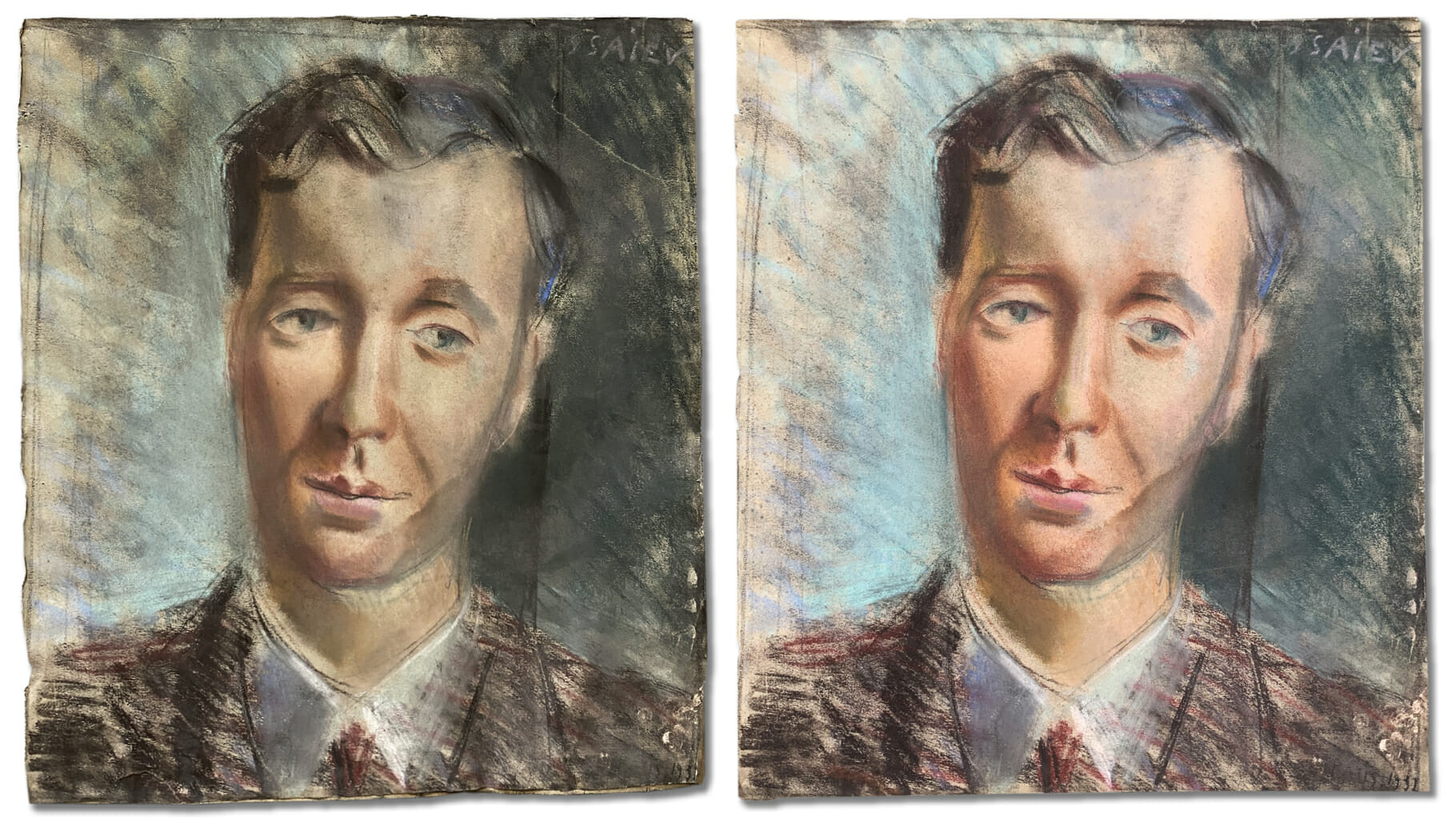
Pastels are soft and the binding agent which has been historically used to create them can sometimes be affected by the environment or by natural decay, leading to natural flaking or dusting away of the loosening powdered colours. If older glass has a static quality, this may also attract the loosening pigments to come away from the artwork. Our conservator will work to re-adhere loose pigments where possible.
Natural fixing agents were sometimes used from the 19th century onwards, but generally antique pastels and chalks have no protective layer. Today, various options are available for fixing pastels in place, but these are not recommended for an attempt at home and will not be used during conservation treatment, as they can darken and disturb the artwork over time. Instead, conservation approved framing options are recommended.
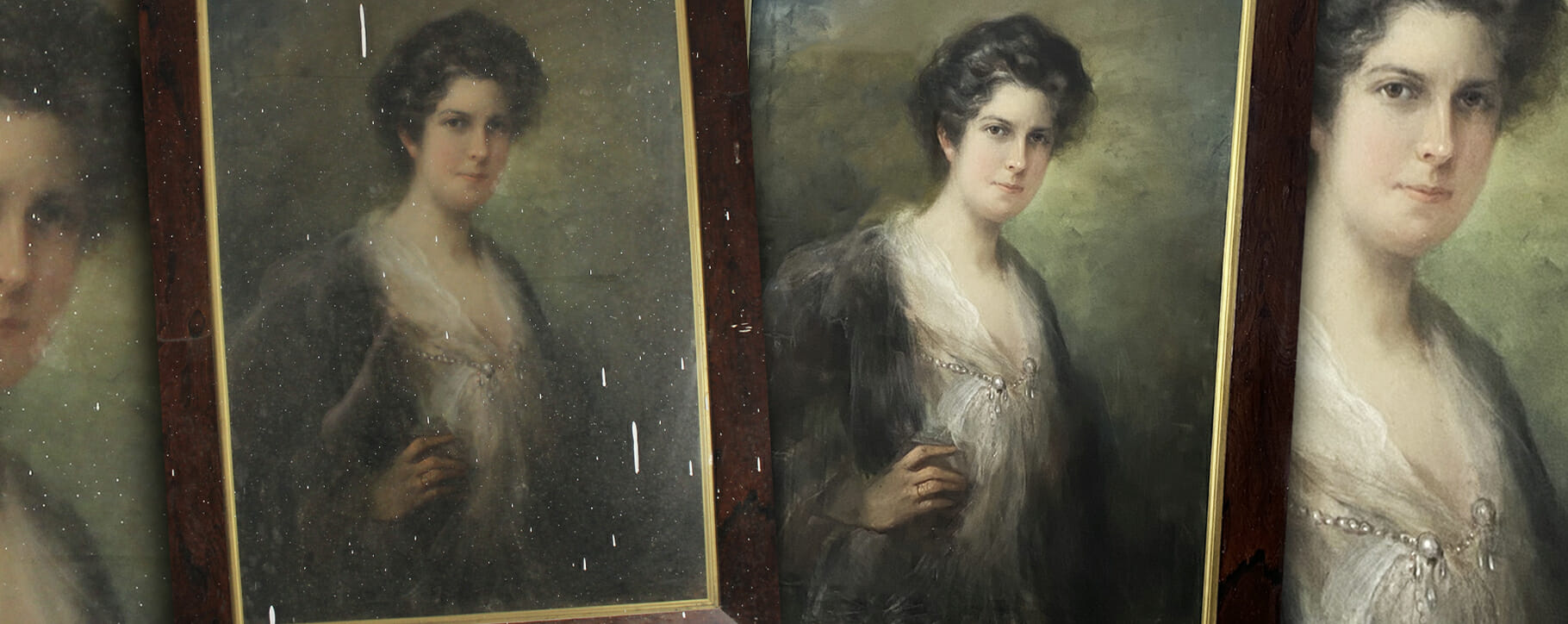
Works on paper are at high risk of mould, as their porous surface can attract moisture in a humid environment, creating the perfect location for this to flourish. Foxing may also occur, displaying as small rusty brown spots. To reduce this risk, a work on paper should be kept in a dry area. Our paper conservator can carefully remove mould or foxing if required, reducing the visual disturbance and preventing it from becoming more pronounced.
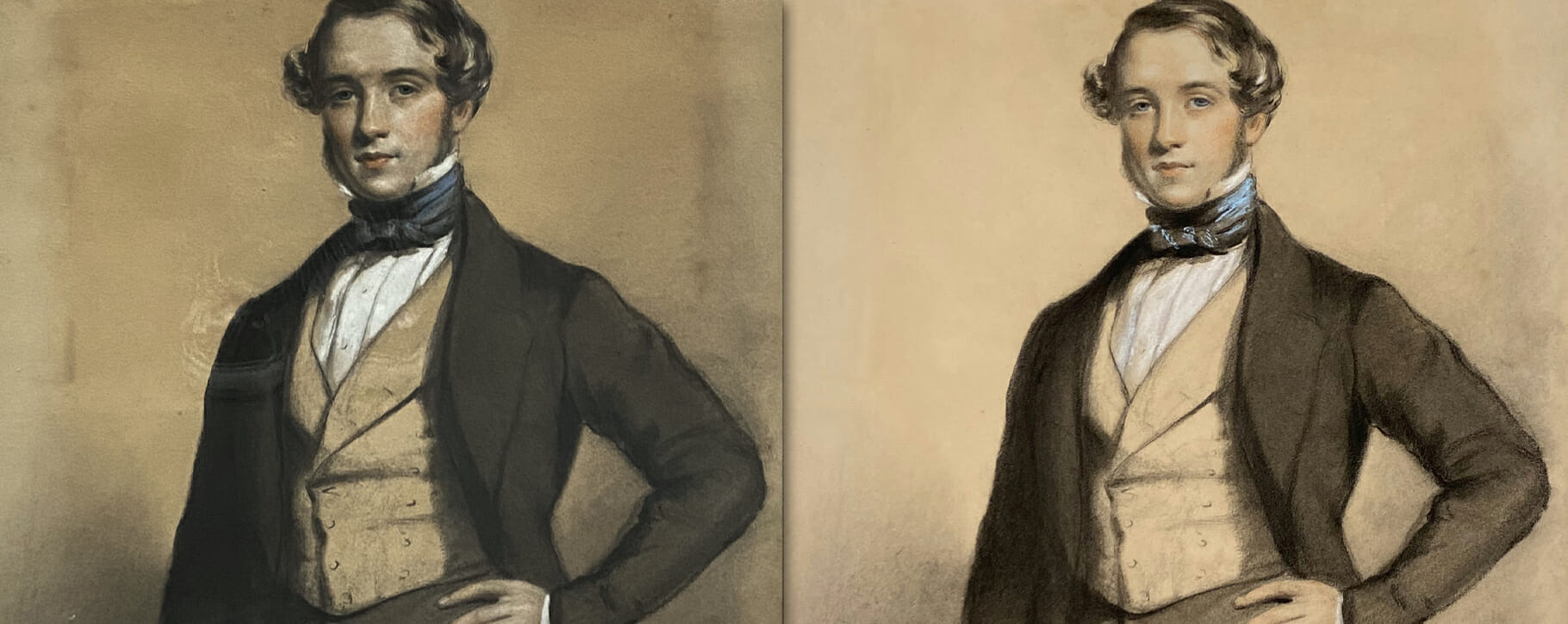
Presenting chalks and pastels safely
Historically, works on paper were not displayed on walls due to the vulnerability they faced without a glass barrier, they were kept out of sunlight, mounted in books or boxes. Therefore, antique pastels and chalks are often facing new dangers when they are framed for display.
A deep mount is required when choosing framing options, to ensure that the artwork is unable to rub against the glass or any surrounding elements. Historically, a piece may have been framed improperly, leading to a risk of decay from insufficient mounting or acidic materials which have been used in this process. Our paper conservator can safely remove improper or acidic elements from old framing and our team can help select a safe and appropriate framing option with conservation appropriate materials.
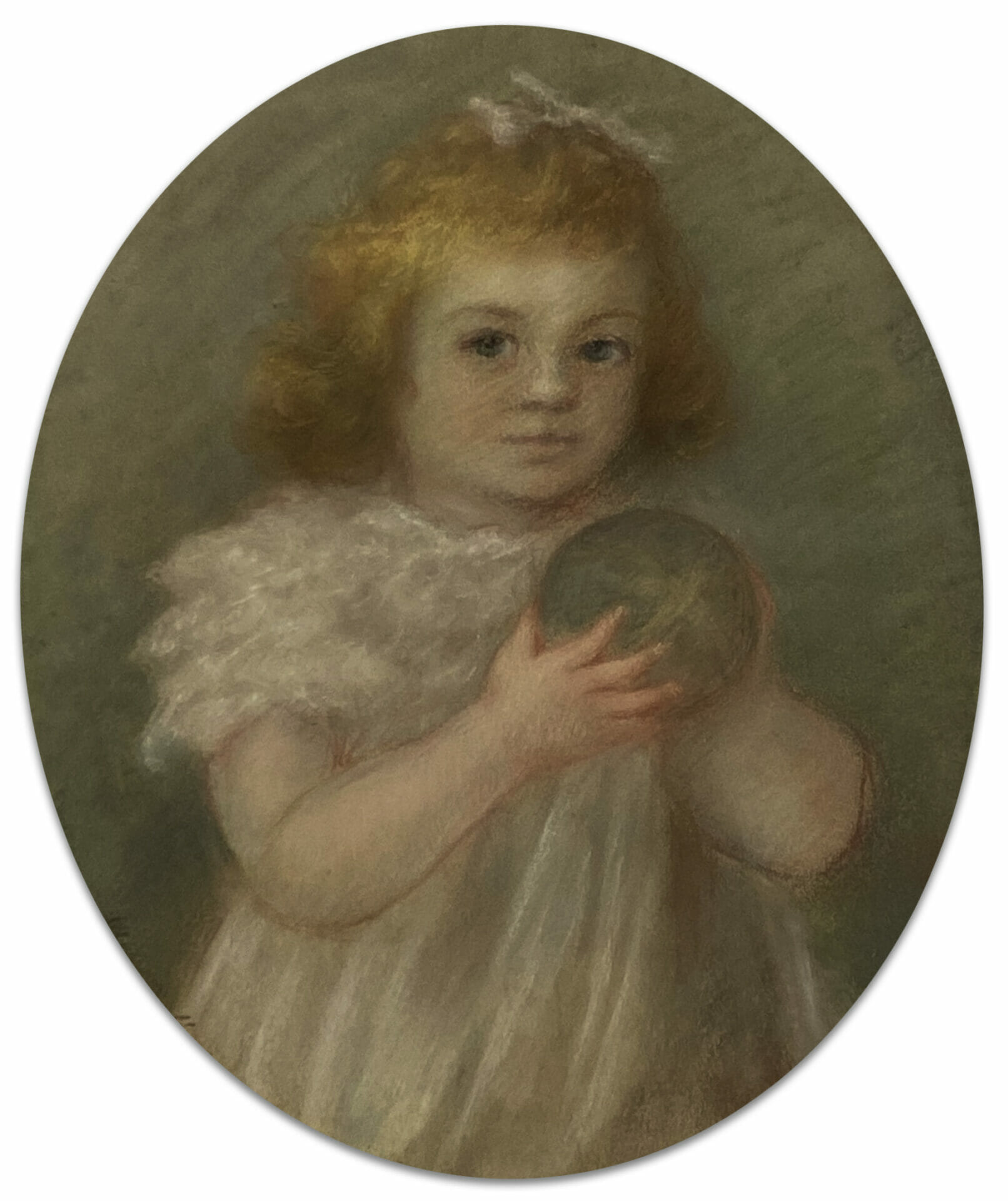
Glass should also be considered for paper artwork. Paper can be affected by UV rays from the sun, so a UV reducing glass with 70-99% protection should always be considered. Pastels are especially vulnerable to sunlight, with shades such as rose, crimson and brown having high sensitivity which will lead to fading if this is not taken into account when displayed. It is advisable to take steps to avoid the risk of fading as there are limited restoration steps available in such cases.
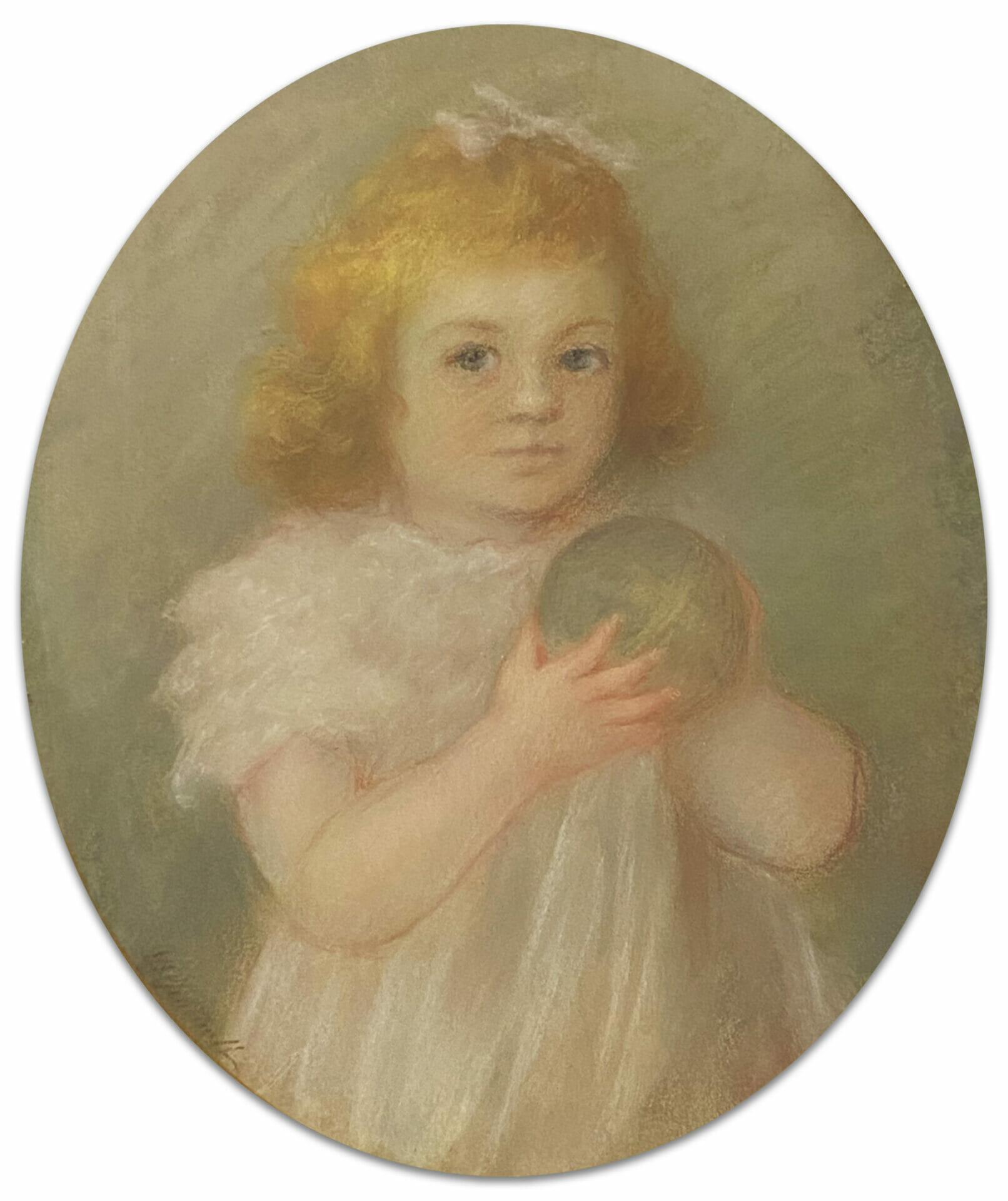
When choosing a location for display, take into consideration the light levels (even with UV protective glass in place) as well as temperature and humidity. An even and rarely fluctuating temperature and humidity level will help to preserve the paper and avoid any mould or foxing issues from moisture absorption or brittle decay and flaking of the pastels caused by extremely dry air and high temperatures.
For information about framing or restoring a pastel or chalk artwork, please contact our team for a no-obligation chat about how we can help.

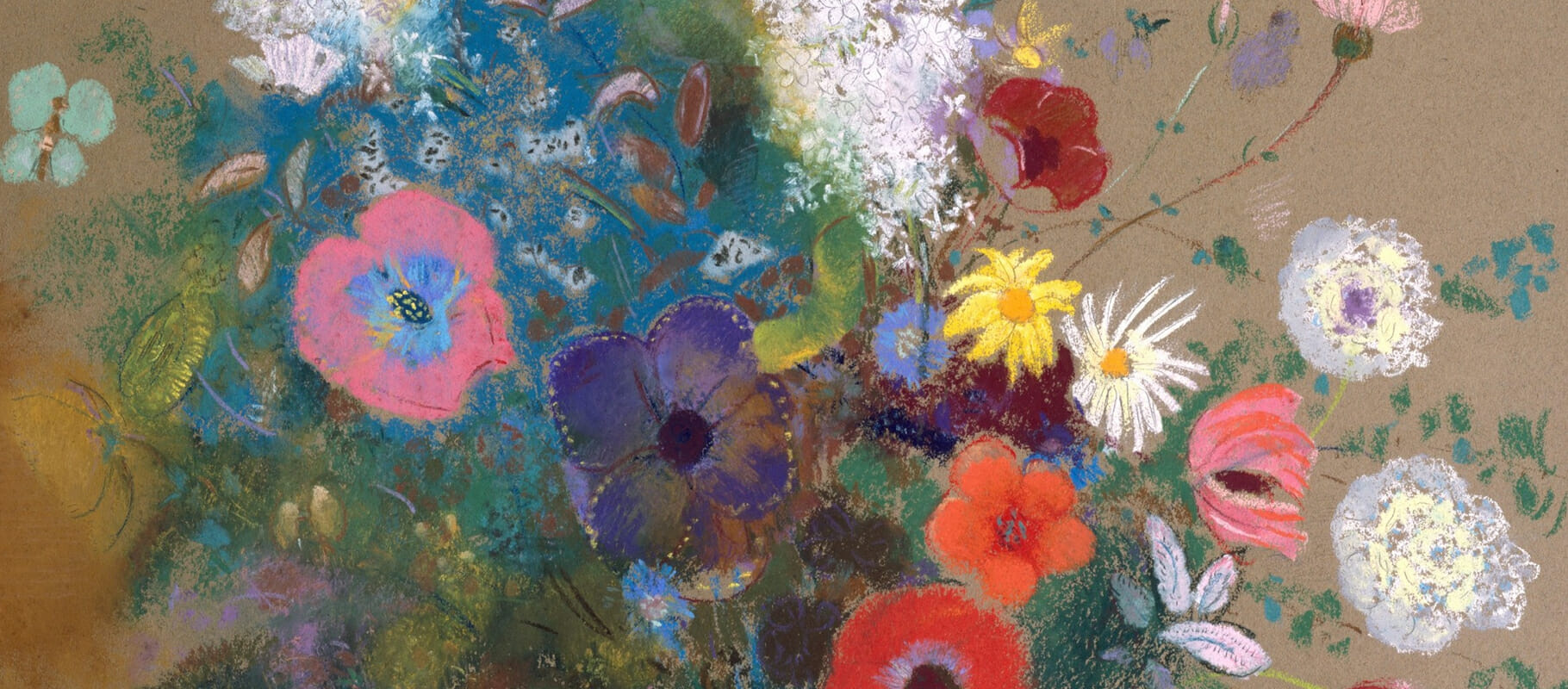 Above: a detail from Bouquet of Flowers by Odilon Redon, 1900-1905
Above: a detail from Bouquet of Flowers by Odilon Redon, 1900-1905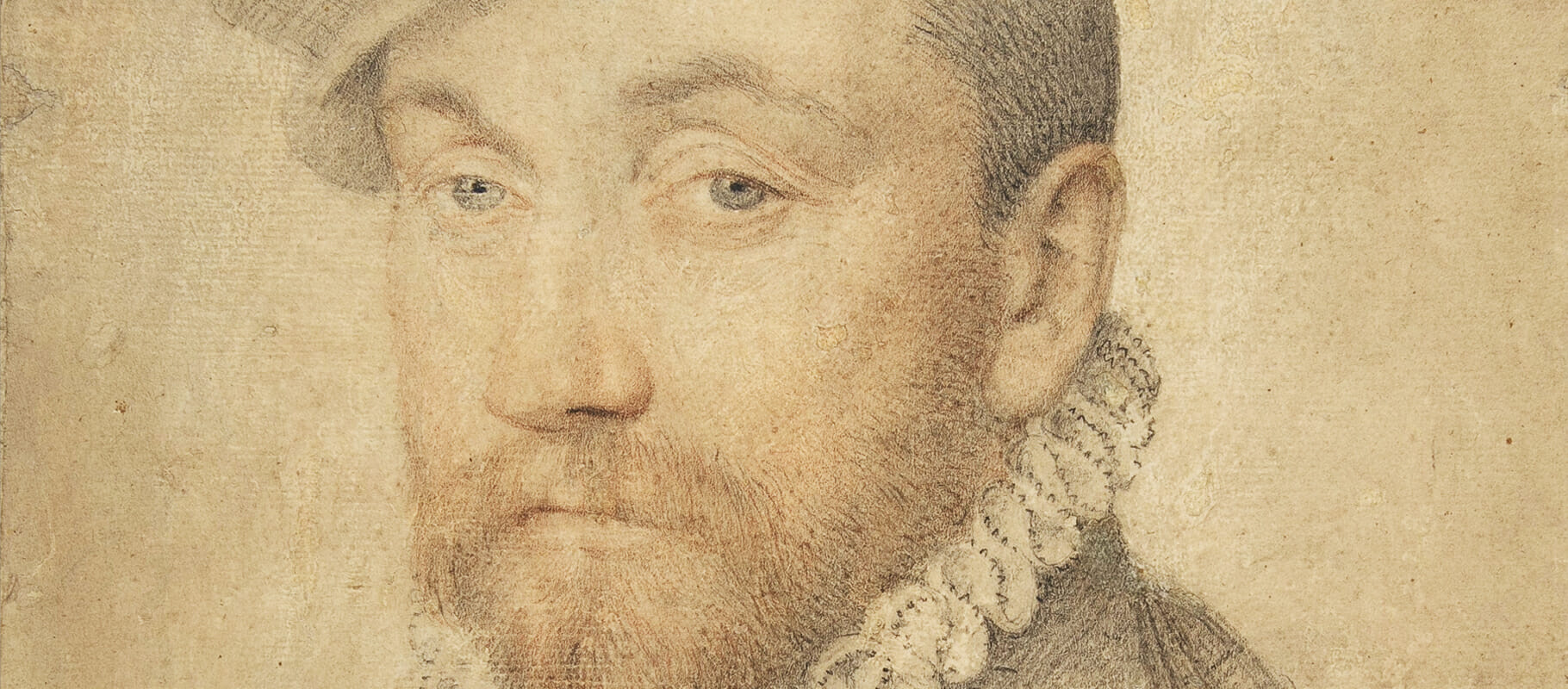 Above: a detail of a portrait from the studio of François Clouet
Above: a detail of a portrait from the studio of François Clouet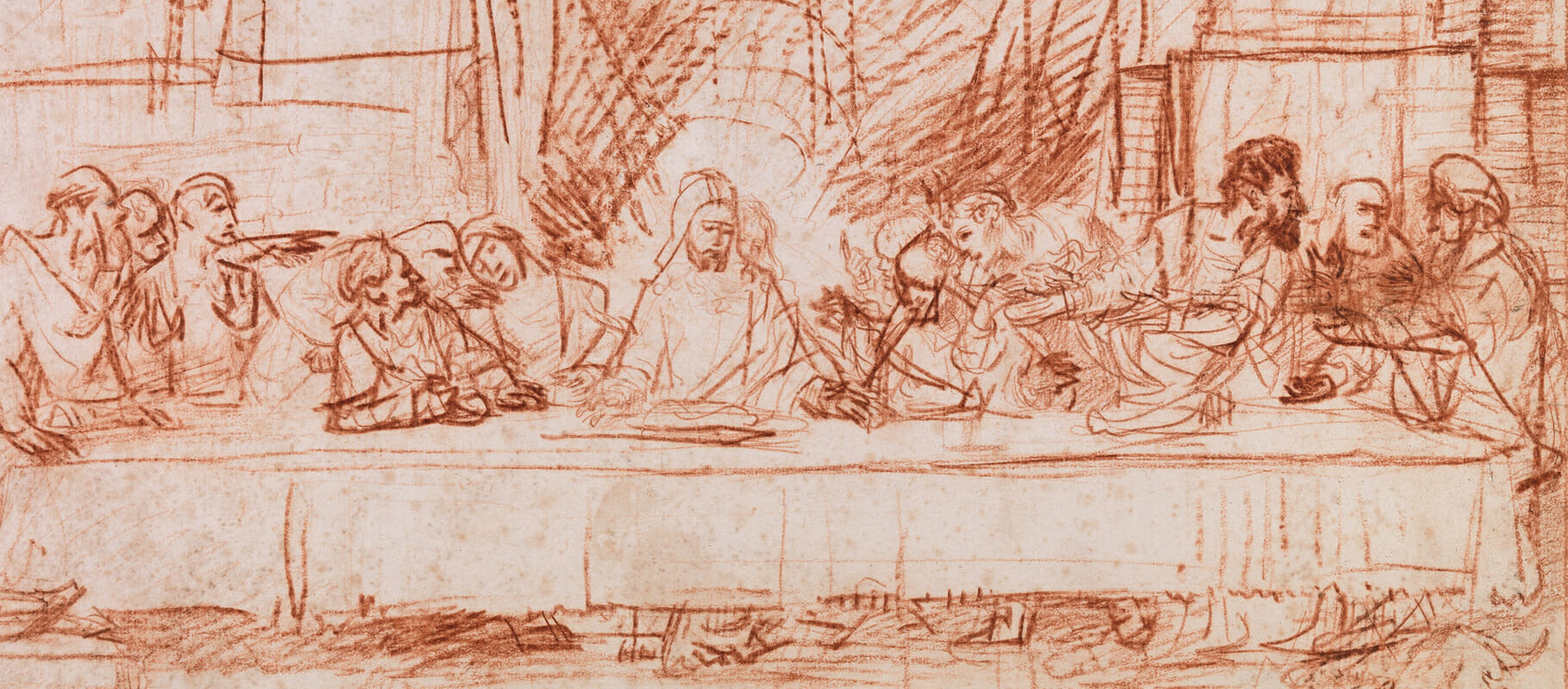 Above: a detail from a red chalk drawing by Rembrandt after Leonardo Da Vinci’s The Last Supper
Above: a detail from a red chalk drawing by Rembrandt after Leonardo Da Vinci’s The Last Supper Above: a detail from a portrait of Louis XV by Maurice Quentin de La Tour, 1746
Above: a detail from a portrait of Louis XV by Maurice Quentin de La Tour, 1746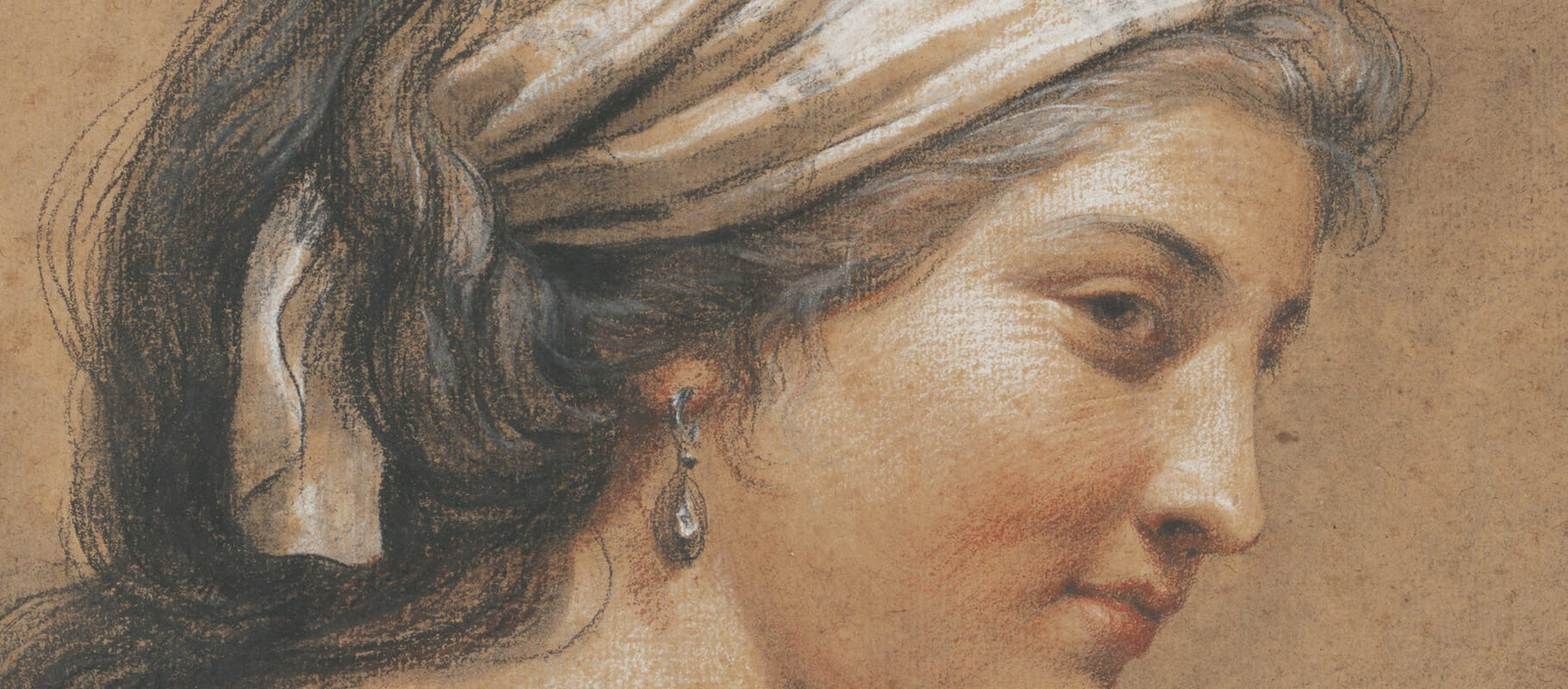 Above: a detail from Study of a Seated Woman Seen from Behind by Adélaïde Labille-Guiard, 1789
Above: a detail from Study of a Seated Woman Seen from Behind by Adélaïde Labille-Guiard, 1789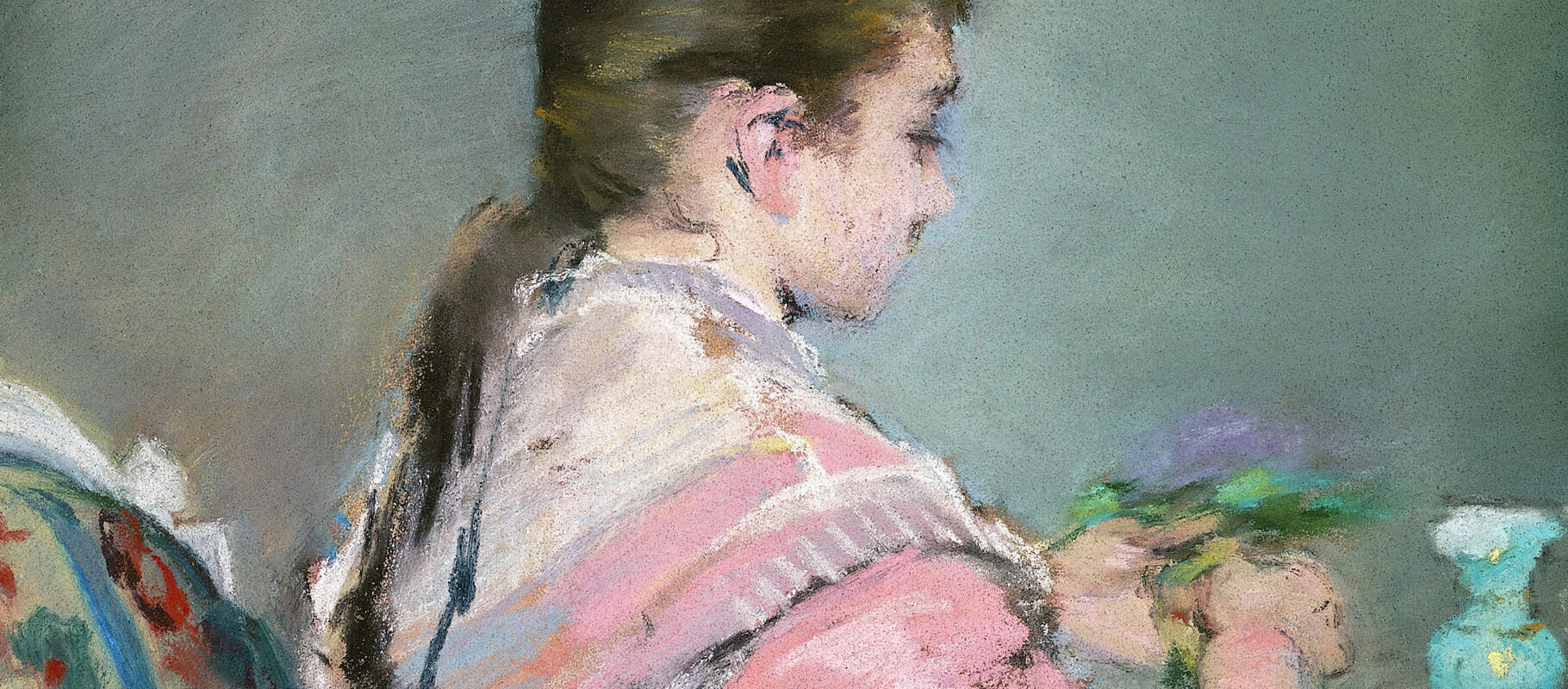 Above: a detail from pastel drawing by Eva Gonzalès
Above: a detail from pastel drawing by Eva Gonzalès




